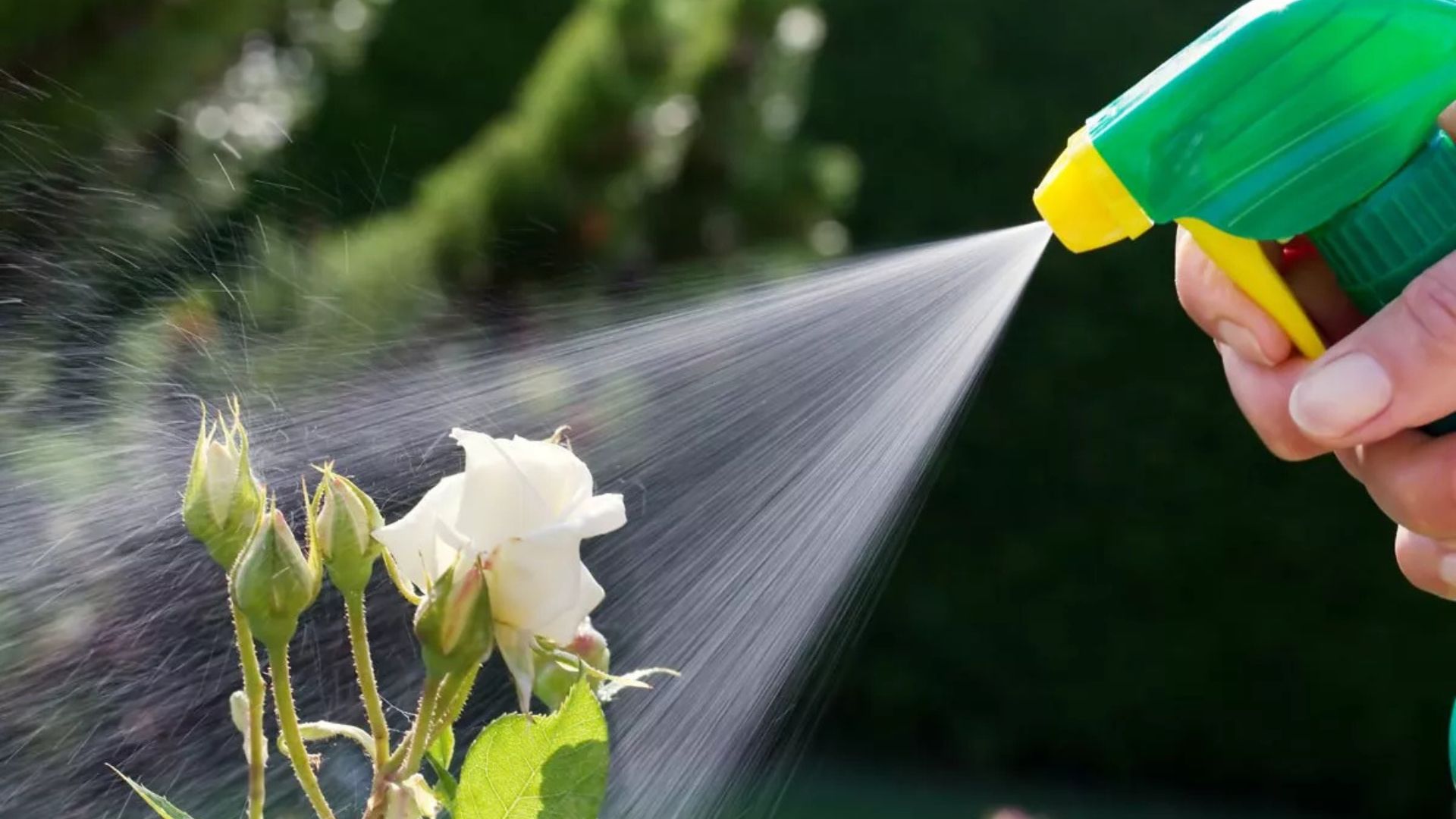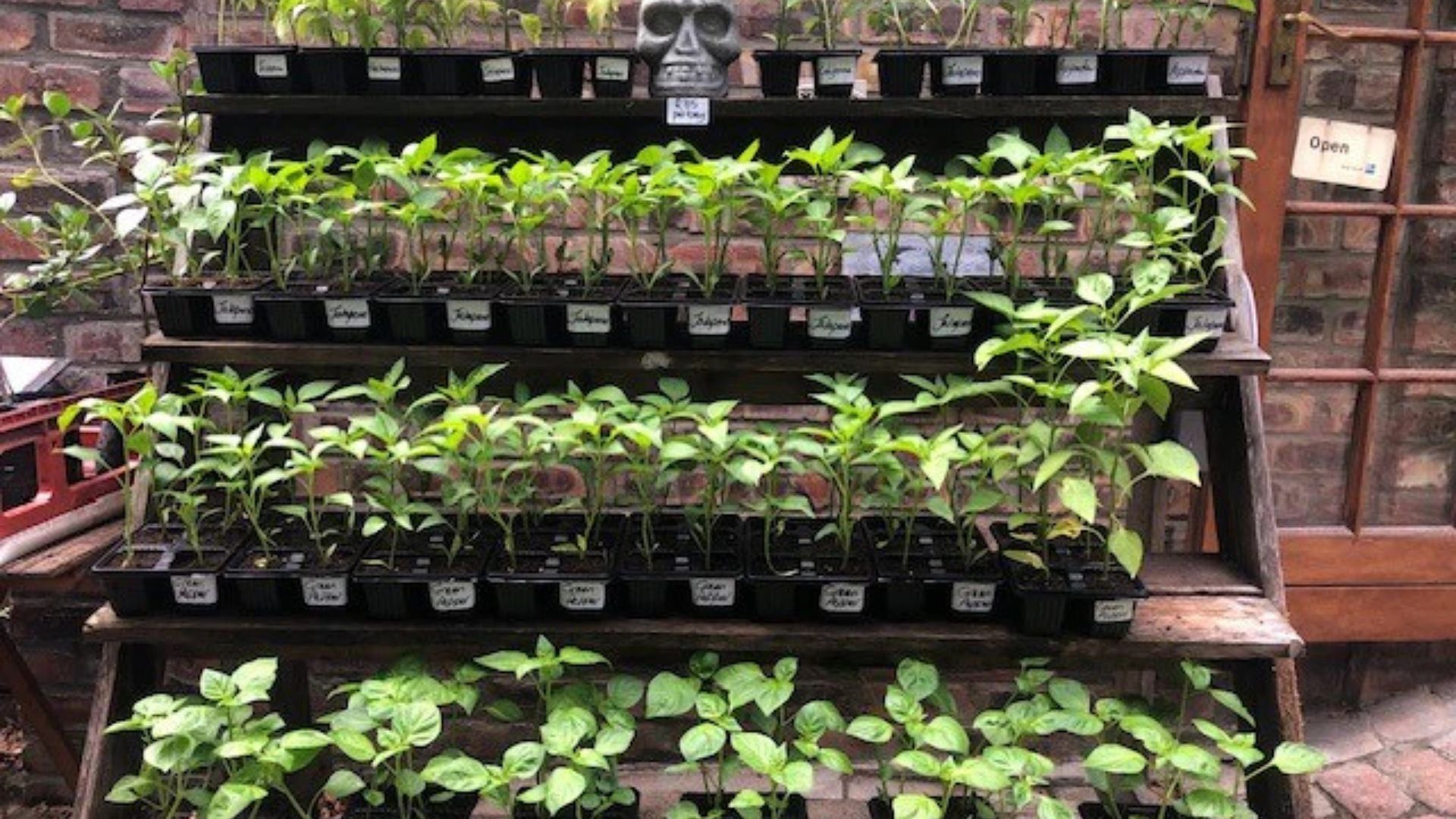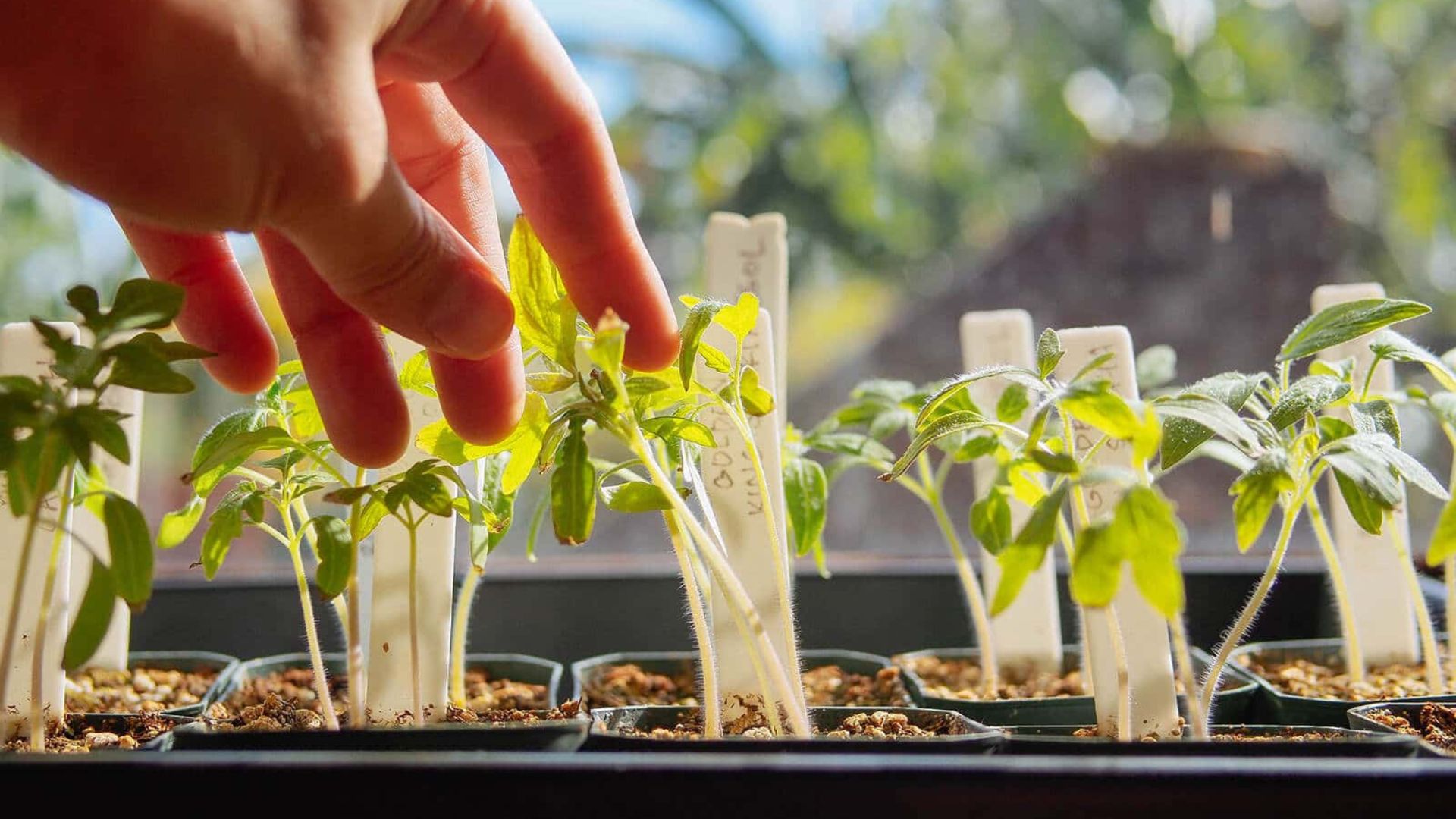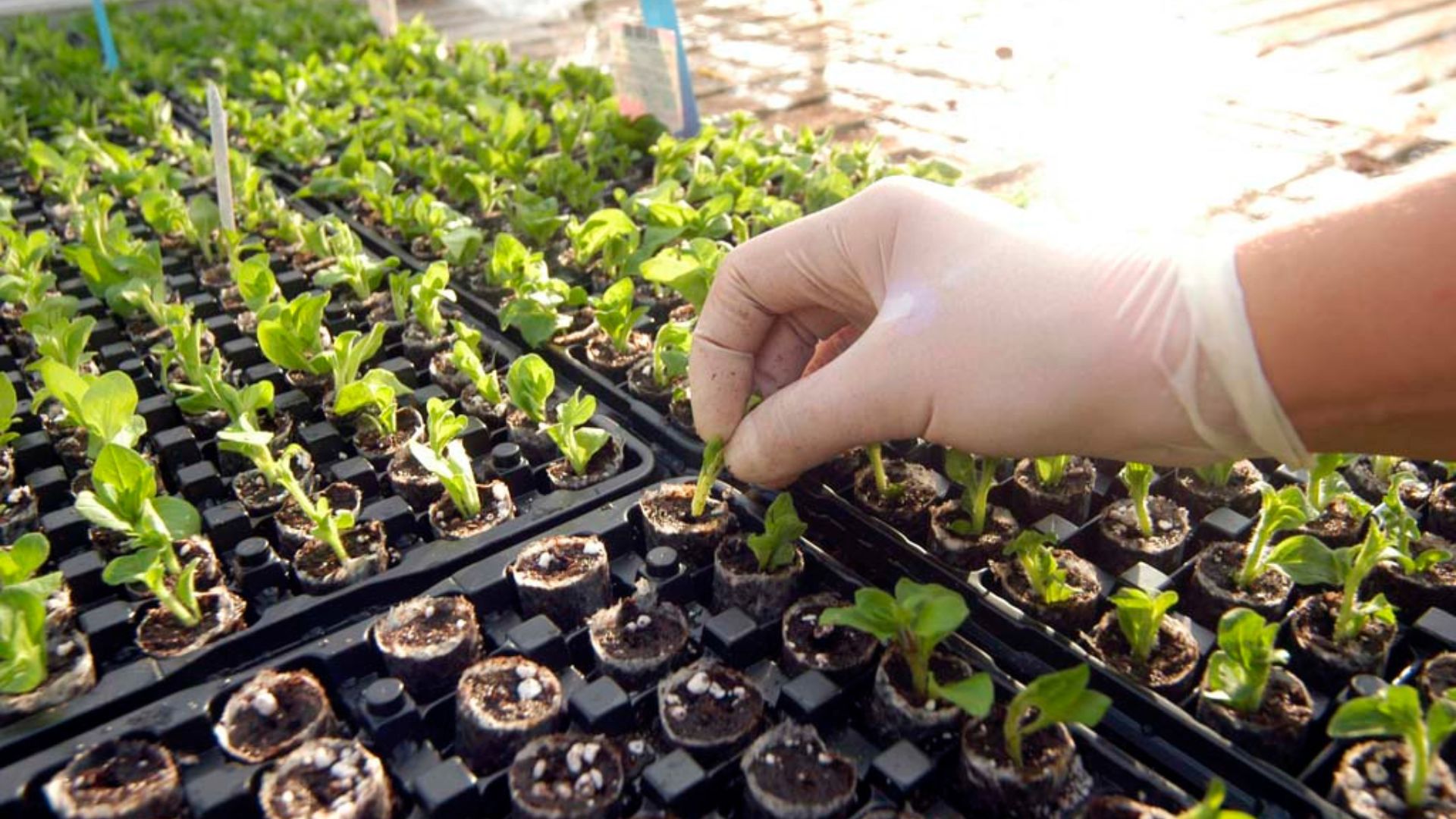Nursery pest control is essential for maintaining healthy plants and preventing damage. Pests like aphids, spider mites, fungus gnats, and whiteflies can quickly harm seedlings or mature plants. Moreover, improper control methods can endanger humans, pets, and beneficial insects. By following safe and effective pest management strategies, gardeners can protect their plants while avoiding risks. These approaches combine prevention, monitoring, and targeted interventions to keep greenery thriving.
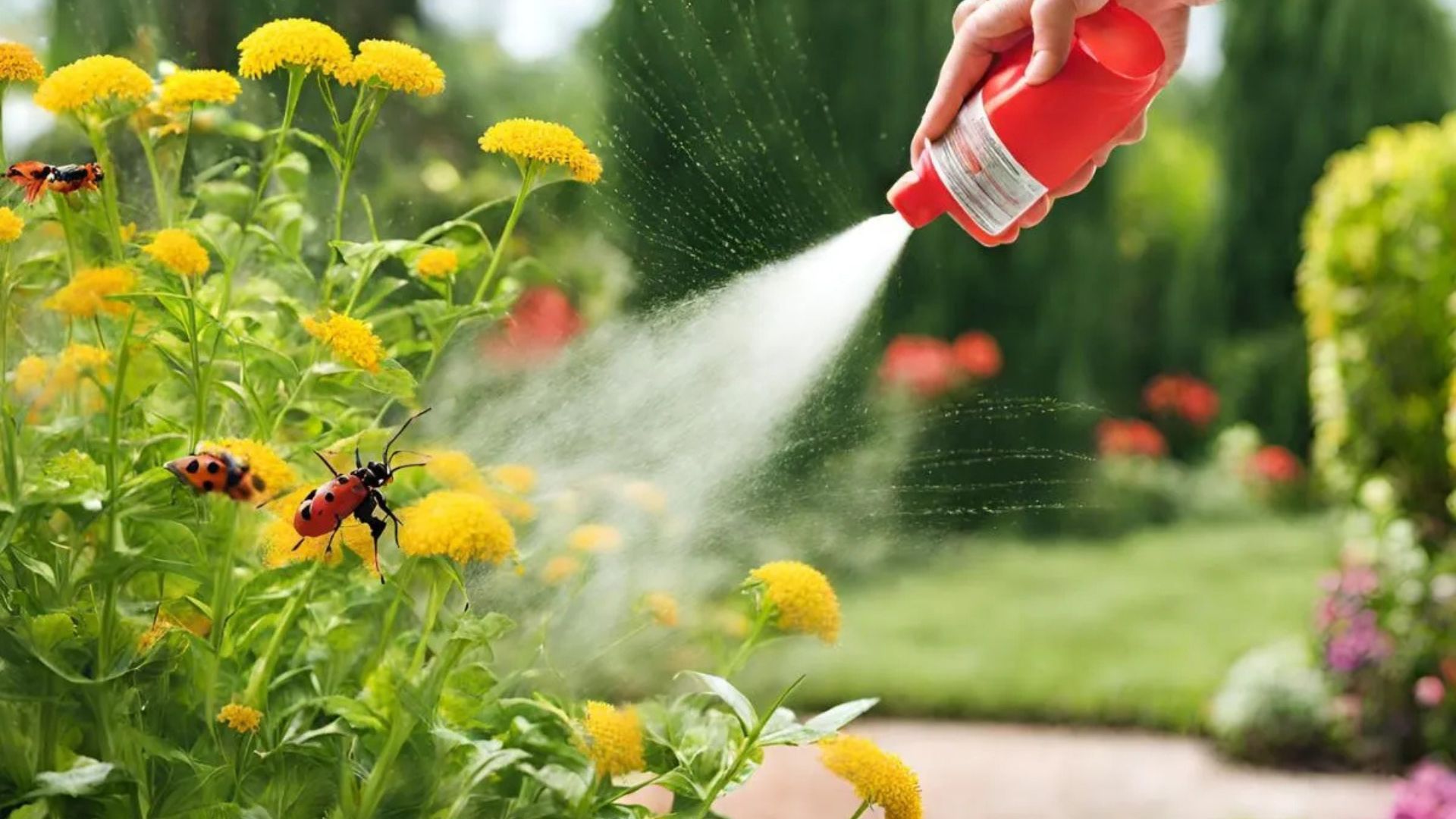
Common Nursery Pests
Understanding common pests is the first step in effective control. Aphids feed on plant sap, causing stunted growth. Spider mites create webs and damage leaves. Fungus gnats harm roots in moist soil, and whiteflies weaken plants by spreading diseases. Awareness of these pests allows timely action and reduces plant stress. Moreover, knowing their life cycles helps in choosing the right control methods.
Pest Identification Tips
-
Inspect leaves, stems, and soil regularly.
-
Look for discoloration, spots, or wilting.
-
Check for webs or tiny insects on undersides of leaves.
-
Monitor plant growth for unusual patterns or damage.
Prevention Strategies
Preventing pest infestations is safer and more effective than treating outbreaks. Maintain clean nursery areas and remove dead leaves. Use sterilized pots and soil to avoid introducing pests. Furthermore, avoid overwatering, as excess moisture attracts fungus gnats. By implementing these steps, gardeners follow key nursery pest control: stay safe practices before problems arise.
Safe Chemical Control
When necessary, use low-toxicity or organic pesticides. Neem oil, insecticidal soap, or horticultural oils target pests without harming beneficial insects. Always follow instructions carefully, wear protective gloves, and keep treatments away from children and pets. Consequently, chemical measures can be effective while still prioritizing safety in the nursery.
Biological Control Options
Natural predators provide an eco-friendly solution. Ladybugs eat aphids, predatory mites control spider mites, and nematodes target soil-dwelling pests. Introducing beneficial insects reduces reliance on chemicals. Moreover, this approach aligns with sustainable gardening practices, enhancing both plant health and environmental safety. Using these methods is a smart way to follow nursery pest control: stay safe guidelines.
Monitoring and Early Detection
Regular monitoring helps detect pests early, preventing major infestations. Inspect plants daily or weekly, especially new arrivals. Sticky traps capture flying insects and indicate pest levels. Furthermore, maintaining a pest log allows gardeners to track recurring issues and plan interventions. Early detection is a cornerstone of nursery pest control: stay safe, minimizing damage and effort.
Environmental Adjustments
Environmental conditions affect pest populations. Proper lighting, air circulation, and soil moisture reduce pest risks. Avoid overcrowding plants, which creates humid, stagnant areas that attract pests. By adjusting the nursery environment, gardeners can prevent infestations naturally, complementing other control measures.
Organic Remedies
Home remedies like garlic spray, diluted chili solutions, or water jets can deter pests safely. While less potent than commercial products, they provide a low-risk way to manage minor infestations. By combining prevention, monitoring, and organic treatments, nursery pest control: stay safe becomes a practical, consistent strategy.
Conclusion
In conclusion, nursery pest control: stay safe combines prevention, early detection, safe chemical use, biological methods, and environmental adjustments to protect plants effectively. Understanding common pests, monitoring regularly, and applying targeted interventions ensure healthy growth without risking humans, pets, or beneficial insects. By following these principles, gardeners can maintain thriving indoor, outdoor, or nursery plants while adhering to safe, sustainable practices. Ultimately, prioritizing safety and proactive management leads to strong, pest-free greenery that grows reliably and beautifully.






